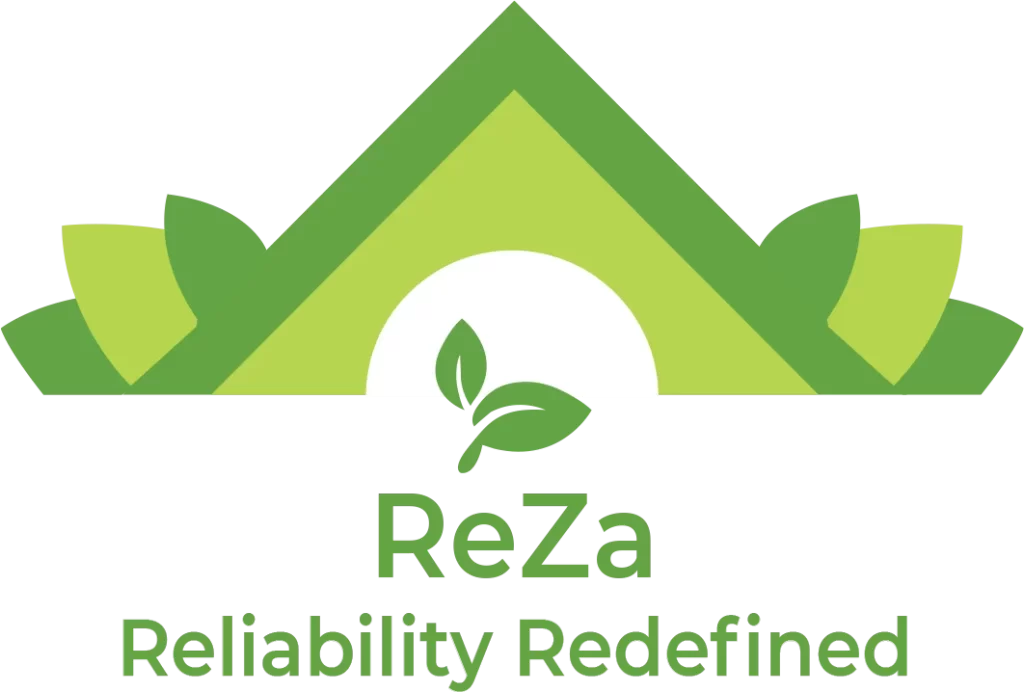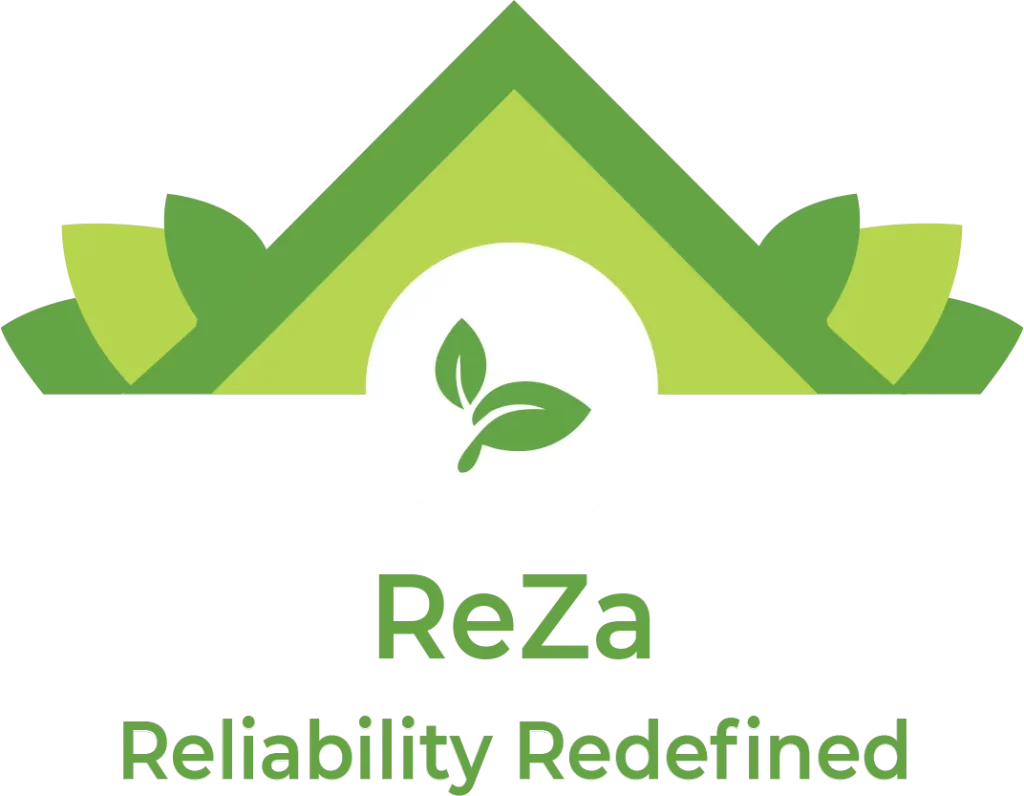Best roofing materials for sound Insulation
It makes sense to make sure our homes are as well insulated as possible, especially with winter quickly approaching and natural gas costs rising. There are numerous different roof insulation methods. However, certain insulation materials work better than others.
The type of insulation to employ is frequently determined by the location of the required insulation. However, some materials are universal.
Today, we’ll talk about the sound insulation materials frequently used in the current construction business, present a few different design options, and explore what insulation is and what it accomplishes to help make things more clear.
Why is sound insulation so crucial?
One of the wisest purchases a homeowner can make is roof insulation. Along with increased energy prices, insulation offers a higher return on investment. The expense of insulating can exceed the cost of heating and cooling, so there comes a point where the benefits start to decline.
This price is typically justified because the homeowner expects to occupy the property for an extended period of time.
Depending on the home’s layout, good insulation can significantly lower energy expenses, not to mention how much less energy is used overall, which is good for the environment. We want the most insulation where it will be most useful, which is the roof, because, as we all know, warm air rises and cool air falls.
How does sound Insulation work?
By preventing thermal transfer, insulation functions. This simply means that the fundamental function of insulation is to maintain a barrier between warm and cool air. The main benefit of most insulation types isn’t actually provided by the material itself, but rather by the air trapped inside the material.
Interestingly, one of the finest insulators on the market is air. Additionally, effective in preventing thermal transfer are other gases like argon. For instance, argon is frequently used in contemporary windows to create a barrier between the inner and exterior panes of glass.
Roof insulation can come in a range of shapes and sizes, each with its own advantages and features depending on where it is installed. The optimum overall performance for a roof is frequently achieved by combining various forms, especially when cathedral or vaulted ceilings are used in the design.
What Are the Benefits of Insulating a Roof?
1. Lower energy costs.
Unquestionably, energy reduction is the primary advantage of roof insulation. Essentially, this means lower utility costs for homes. Depending on the home, the return on investment will vary, but in general, the better the insulation, the better. Since energy savings are often closely correlated with insulation installation, it is often advantageous to do so.
2. Barrier to Vapor
Fiberglass batting is one type of insulation that not only minimises thermal transmission but also withstands moisture. Typically paper-backed, these batts include a moisture-resistant coating on one side that prevents moisture from penetrating. Mold and mildew issues can be avoided by reducing moisture, which also aids in the fiberglass fibers’ ability to enclose air pockets in the batts.
3. Extended HVAC Lifetime
The forced-air heating, ventilation, and air conditioning (HVAC) systems used in the majority of homes involve moving parts that will eventually wear out. Roof insulation decreases wear and tear on the fan, air handler, and compressor, which are sensitive sections of a mechanical forced air system and help it last longer. Since they perform the majority of the labor, maintaining them in good condition will save ownership costs.
What are the options for insulating the roof?
Foam, batts, or blown-in insulation make up the majority of roof insulation types. Utilizing technology, blown-in insulation swiftly and efficiently installs enormous amounts of insulation material.
This is especially helpful in attics, where thickness and efficacy are inversely related. Here, we’ll go over several recommended roofing products as well as the typical blown-in insulation options:
1. Loose Fiberglass
A device known as a hopper is used to blow loose fiberglass insulation, which is normally offered in huge bales, into the attic area. These tools break up the bale, allowing the fibers to disperse into the air. The fiberglass is then forced through a pipe by a strong blower so that it can be directed where it is needed.
While installing, safety equipment must be worn to prevent inhaling fiberglass fibers, which can contain irritants to the skin and lungs. As a result, wearing safety equipment is necessary, including a respirator. Formaldehyde and other irritating compounds, which are frequently found in fiberglass insulation, have been decreased or eliminated by some producers to reduce the danger.
2. Cellulose
The more it gets cold, the better cellulose performs, and it is relatively inexpensive. A paper product called cellulose is similarly blown into the attic space to lose fiberglass. As a result, it is possible to employ the cellulose in amounts great enough to produce the area’s necessary R-value.
To get the same R-value, cellulose will typically need to be used in greater quantities than loose fiberglass, but the initial costs are typically comparable. When working with cellulose, it’s important to wear the proper safety equipment because the airborne fibres can irritate the skin and lungs during installation.
3. Sheet Foam
Styrofoam is commonly used to make sheet foam, but most producers also add characteristics to the sheets, like a vapor barrier. When a mechanical link to the roof framework is required, sheet foam is frequently employed in vaulted and cathedral ceiling designs. The most common methods for installing sheet foam are staples or button cap nails, but it can also be bonded in place.
4. Spray Foam
A common material for new buildings is spray foam. Spray foam is commonly referred to as being in a red can with a yellow lid and expands as it dries. In contemporary construction, spray foam is typically employed in one of two ways.
The open-cell foam in the first has a propensity to grow as it dries. When cured, closed-cell foam has a substantially higher density than open-cell foam, expands much less, and can act as a vapour barrier. Because of this, closed-cell spray foam is the material of choice for professionals.
5. Fiberglass Batting
The majority of us probably picture fibreglass batting when we think of insulation. This shape has been used for decades since it is easy to install, effective, and durable.
However, fibreglass batts are highly inefficient to install when used for roof insulation because there is no distinction between inserting the batts between rafters and installing them between wall studs. Due to the installation costs, employing fibreglass batts is frequently more expensive than blown-in insulation, unless the house has vaulted or cathedral ceilings.
What are the best roofing insulation products?
1. panels insulated with PUF
Polyurethane foam is referred to as PUF. In between steel, aluminum, cement, MDF boards, or a combination of these, the foam is sandwiched. They are renowned for their exceptional tensile and insulating strengths. A PUF panel’s general uses include cold storage facilities, mobile cabins, control rooms, freezer rooms, lodging shelters, ripening chambers, insulated sheds, etc. They are also economical and can be employed.
2. Onduline Sheets
The reliability, quality, and aesthetically pleasing appearance of Onduline roofing sheets and components enable them to satisfy your diverse roofing needs. Considering how light they are, installation takes only a few minutes. Onduline promises that the building will be watertight, soundproof, and have proper temperature management. Onduline Sheets are of three types: Onduline Classic roofing sheets, Onduline Duro 235, and Onduvilla.
3. PVC Sheets
Our premium PVC sheets are 100% termite and water resistant and come in widths of 3.5 inches, lengths of up to 6 meters, and a 2 mm thickness.
Bottom Line
We hope you enjoyed and gained knowledge from this article about the top soundproofing materials and goods. We provided the necessary rooftop insulation information as well as a selection of our top soundproofing products. Although it will always produce greater results, we advise combining various items.

